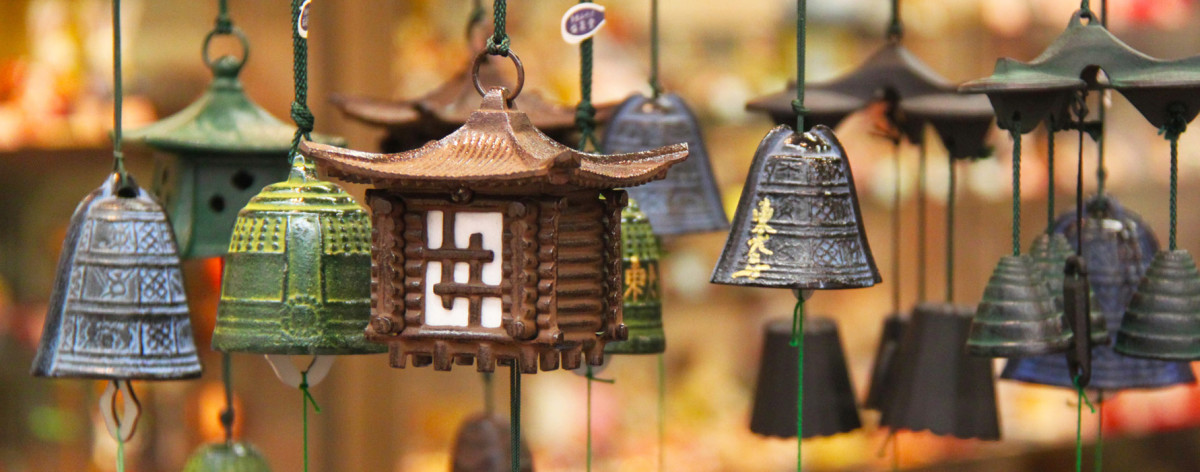Instead of ending with questions, as I sometimes like to do, I’ll begin with them this time!
What is your idea of happiness? What is your idea of what will create happiness for you; what are your conditions of happiness?
How do you envision or define happiness?
Happiness may mean something a bit different to each of us; each of us may have our own idea(s) of happiness, a set of conditions attached to it. ‘If I have this …,’ ‘if I am that …’
But I wonder if perhaps sometimes, whatever our idea of happiness is, if that is itself the very thing that stands in the way of knowing and living in happiness?
And I wonder if perhaps a deeper happiness is found instead by letting go of ideas of happiness we’re attached to, letting go of what we think our happiness should be, so that it can be what it is. So that we can be awake to it in us, awake to our seeds of happiness, awake to ways of watering those seeds.
What if the truth of happiness is that it’s not a passing sensation, a fleeting mood, but that it’s a way of being, a state of being? A deeply rooted inner state of well-being, a self-compassionate well-being … whatever outward conditions or other emotional challenges may be present.
As a mindfulness saying I keep in mind goes … “my happiness depends on my mental attitude, not on external conditions … looking within, I am aware I have enough conditions to be happy right now.”
Some conditional ideas of happiness might even be in the way we think we ‘should’ be inside, though, a striving for a ‘perfect’ mental/emotional state of being …
Such as, ‘I should always be positive;’ ‘I shouldn’t have or express many dark, negative, or intense emotions;’ ‘I should be serene and even-keeled!’ At least, these are ideas of happiness I noticed in myself … I even remember a dear friend calling me out on it once! I was struggling with the fact that I was struggling with some intense, uncomfortable feelings and she said, “Part of it is that you think you should always be happy!”
Then I saw that, yes, I did … and yes, I was judging myself for being unhappy right then, for what I perceived as a failure of mindfulness and equanimity within myself. Shaming myself for what seemed a return to an unhappy, less balanced way of being …
Having learned about mindfulness, I had the notion I should struggle less with intense emotion, not have to wrestle all night for the blessing of peace, so to speak. Actually, this idea itself was acting as a barrier to my happiness … a more authentic, if imperfect, happiness!
But happiness is an inclusive way of being, also accepting moments of unhappiness or intense emotions that come as normal and not to be shunned or judged as ‘wrong’ or ‘flawed,’ somehow sins against happiness. Suffering, sadness, guilt, grief, loneliness, anger, anxiety, embarrassment, envy … all common threads in the tapestry of human emotional experience.
Sometimes, an idea of happiness may be that it’s found in the absence of painful or intense emotions. But happiness rests in a peace with their presence, when they’re present, knowing that pain or suffering in whatever form is not the sum of our existence, the absolute Truth of our being.
Happiness is noticing what else is present at the moment, here and now. What of grace is there also present to touch?
Is it realistic to expect that happiness means sailing a calm, calm sea without waves? No waves, just deep, still water … and only sunshine, no clouds? What is a realistic, mindful vision of happiness?
I love a metaphor I learned from Thich Nhat Hanh … waves are a part of the water, but not the sum of it, not the whole of the ocean. Waves are a part of the nature of water, of the ocean, but not the whole of its nature. When there are waves, the water is still water. And even when there are waves of water on the surface, or storms, deep below the water remains still.
So it is with the difficult emotions. They are the waves that come, but they are not the whole of our nature, our being. They are only a part of us, of who we are. And in the deeps, can still be the stillness … a stillness that gives us strength to be with, even in, the waves … and to know they shall never overflow us.
Happiness, or equanimity, also means understanding and accepting that many waves do come, because it is the nature of things that they come, but they are not the sum of the water, of the ocean … of us.
Happiness is holding onto self-compassion even when feeling tossed upon or carried by those waves, knowing that they aren’t the whole truth, they don’t represent the absolute nature of reality … that is, Love, which is always present.
And so, I have begun learning to let go of the idea of happiness as one long, flowing all-encompassing state of perfect peace or joy that fills every moment.
Instead, I am learning to let my happiness be in knowing Love, in remembering that I am beloved and can live in the way of belovedness, and in reminding myself to listen for the echoes of belovedness. To find stillness, even within painful emotions, and listen for the echoes of belovedness in them.
What, then, is your happiness?
**** I was going to leave you with a photo captioned with the quote, Happiness is the absence of the striving for happiness … but it wouldn’t work, so I will just leave you with the quote itself! 🙂 ****







